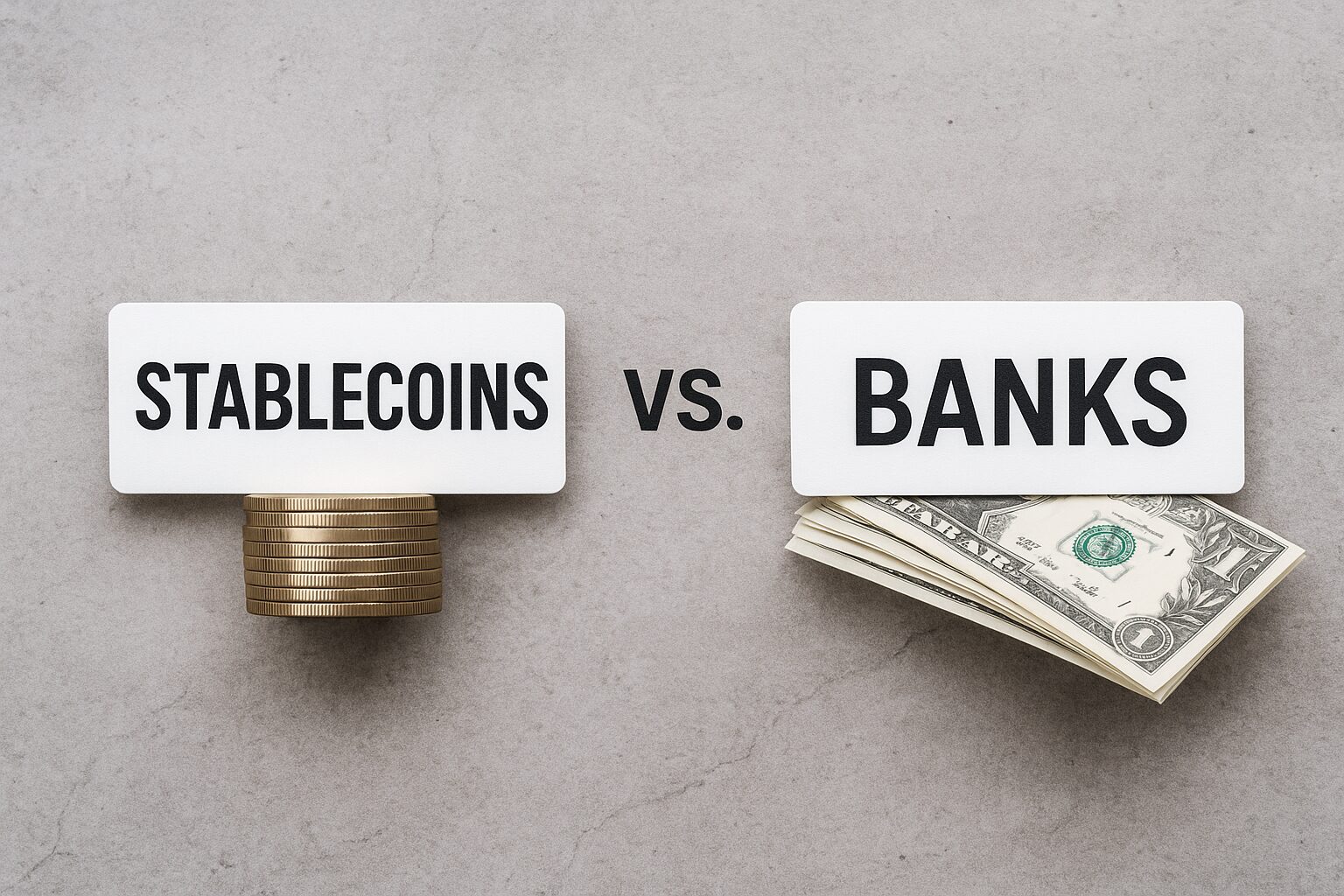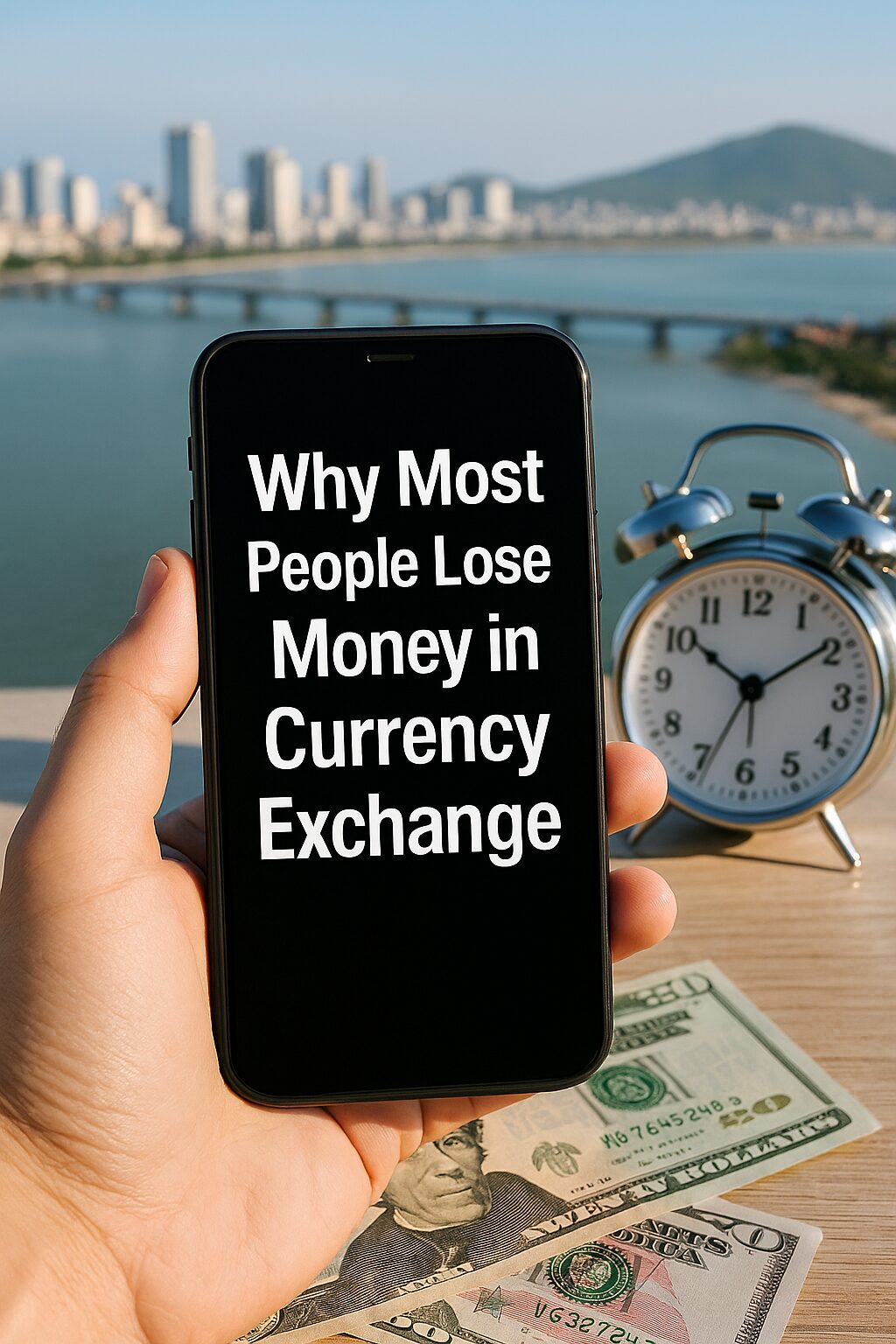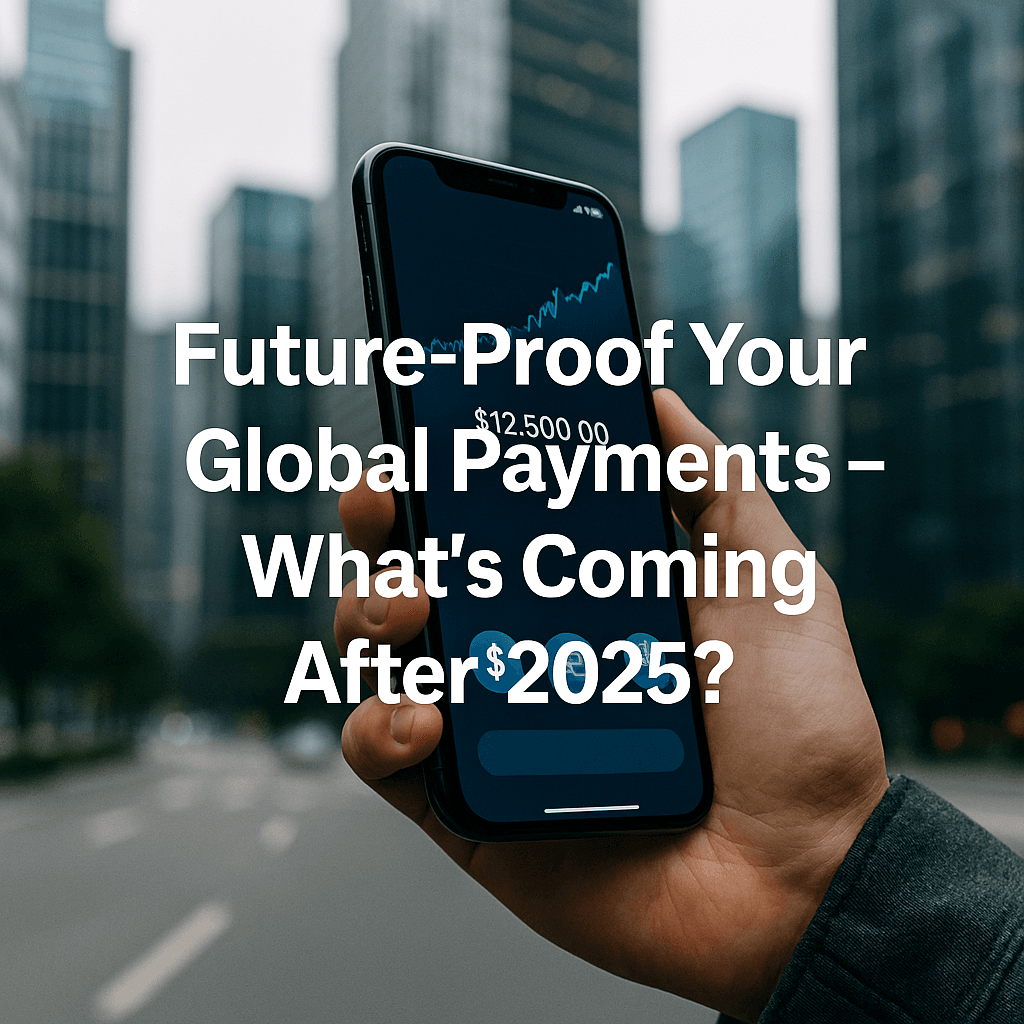The Big Question No One Asks
Most people ask,
“What’s the best stablecoin to earn interest?”
Or,
“Which bank offers the highest savings rate?”
But very few ask the real question:
“Which system—stablecoins or traditional banks—is actually better for storing and growing money?”
In this post, we compare stablecoins and traditional banks across every factor that matters:
- Accessibility
- Safety
- Liquidity
- Returns
- Risk
- Control
- Transparency
Let’s explore where your money truly belongs.
1. Accessibility: Instant vs. Delayed
Stablecoins:
- Send USDC or USDT in minutes, 24/7, globally
- No banking hours, no third-party approval
- All you need: a smartphone and internet
Banks:
- Transfers take 1–5 business days, especially cross-border
- Closed on weekends and holidays
- ID and paperwork required for many actions
Conclusion:
Stablecoins win by a wide margin. They are open, instant, and borderless.
2. Safety and Insurance: Who Has Your Back?
Banks:
- Offer government-backed deposit insurance (e.g., FDIC up to $250,000)
- Backed by national regulators
- Protected against insolvency in most developed countries
Stablecoins:
- Some (like USDC, GUSD) hold reserves in regulated banks
- No blanket insurance for users unless platform offers it
- Smart contract risks and platform failures are real
Conclusion:
Banks are safer for beginners, but trusted stablecoins (USDC, GUSD, DAI with collateral) are increasingly robust.
3. Transparency: Who Really Owns the Assets?
Stablecoins:
- USDC, TUSD, GUSD offer monthly attestation reports
- DAI, LUSD offer on-chain transparency (anyone can verify reserves)
- Some coins (like USDT, USDN) offer limited clarity
Banks:
- You cannot verify how your money is used
- Banks loan your deposits, invest in markets, and only keep a fraction in reserves
- Most operations are behind closed doors
Conclusion:
Stablecoins offer greater transparency—especially decentralized and regulated ones.
4. Liquidity and Spending Power
Stablecoins:
- Easily swapped into other coins, assets, or fiat
- Spendable via crypto cards, wallets, or payment platforms
- Compatible with DeFi, NFTs, and cross-chain use
Banks:
- Cash can be withdrawn, but often with limits and delays
- Credit/debit cards work well in most regions
- Global usage may trigger fees, limits, or fraud flags
Conclusion:
Stablecoins are gaining on banks. They offer powerful liquidity for global digital users.
5. Interest and Yield: Who Pays More?
Banks:
- Savings interest is minimal, often below inflation
- High-yield savings accounts offer slightly better rates but have restrictions
- Government bonds or CDs lock funds for long periods
Stablecoins:
- USDC/DAI staking or lending may earn 4–10% depending on platform
- CeFi platforms (Nexo, SwissBorg) offer passive yield with stablecoins
- DeFi offers variable returns but comes with risks
Conclusion:
Stablecoins offer significantly better yield potential. But it comes with added responsibility and risk.
6. Risk Exposure: What’s the Catch?
Banks:
- Collapse is rare but possible (e.g., regional bank failures)
- Inflation quietly erodes purchasing power
- Political instability can freeze accounts or block transfers
Stablecoins:
- Peg instability (e.g., USDN)
- Platform hacks or smart contract exploits
- Regulatory shutdowns or deplatforming
Conclusion:
Both have risks. But with research and diversified custody, stablecoins can be surprisingly resilient.
7. Control: Who Owns the Money?
Banks:
- Can freeze accounts
- Monitor transactions
- Limit how much you withdraw
- Your access depends on their system
Stablecoins:
- You hold the keys (non-custodial wallet)
- Full control over transfers, timing, access
- No approval needed for transactions
Conclusion:
If you value financial sovereignty, stablecoins give you unmatched control.
8. Global Use Cases: Stablecoins Empower the Underbanked
In many countries:
- Banks are unreliable or inaccessible
- Currencies are devalued
- Political regimes censor finance
Stablecoins are providing solutions:
- USD savings for citizens in high-inflation economies
- Cross-border payments for freelancers and families
- Access to crypto markets for financial freedom
Conclusion:
Stablecoins are not just tools—they’re lifelines.
9. Regulatory Trends: The Landscape Is Changing
Governments worldwide are:
- Exploring CBDCs (central bank digital currencies)
- Regulating stablecoin issuers
- Taxing crypto-based yield and transfers
But major stablecoins are:
- Partnering with regulators
- Obtaining licenses
- Building stronger compliance frameworks
Conclusion:
The more regulated they become, the closer stablecoins get to bank-level reliability—without the friction.
Final Verdict: Hybrid Strategy Wins
You don’t need to choose only banks or only stablecoins.
Smart allocation idea:
- Keep everyday spending and insured funds in a traditional bank
- Store growth capital or cross-border funds in trusted stablecoins
- Use non-custodial wallets for privacy and control
Stablecoins aren’t perfect—but they’re powerful.
And in many ways, they’re redefining what “money” should be.


